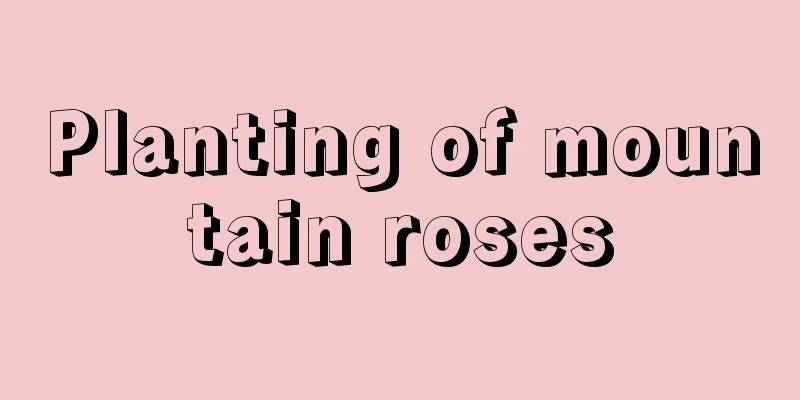Orchid pictures (introduction to morphological characteristics and maintenance methods)

1. Morphological characteristics1. Stem: The stem of orchid is a pseudobulb, which is mostly ovoid, elliptical and fusiform in shape. 2. Leaves: Leaves grow from the base of the pseudobulb, generally in a ribbon shape, but some are oblanceolate and narrowly elliptical. 3. Flower: The petals and sepals of orchids are not clearly distinguishable, and there are two circles in total, the inner and outer circles. The inner wheel has three pieces, the lower one is the lip, which is larger than the other two. The stamens, pistils and stigma are combined into the column, which is a major characteristic of orchids. 2. Maintenance methods1. Light: Orchids need special attention to their lighting. In addition to providing adequate shade during the high temperatures of spring and summer, half-sun exposure in autumn, and full-sun exposure in winter, you should also rotate the pot appropriately so that it can receive light from all sides. 2. Watering: Do not water orchids too much. It is best to keep the soil slightly dry, as long-term moisture is not conducive to its growth. Generally, water is poured from the side of the pot, and the time can be chosen in the early morning or evening. In the dry season, you can spray appropriately to ensure the leaves are moist. 3. Fertilization: It is better to fertilize orchids less rather than more. It is not advisable to choose too fertile soil as the base material for potting soil. Generally, in spring and autumn, fertilizer can be applied once every two to three weeks in the evening, and watered the next morning. 3. Picture appreciation |
>>: Sunflower pictures (introduction to morphological characteristics and maintenance methods)
Recommend
How to keep seeds of forget-me-not and how to plant them
How to save seeds of forget-me-not Forget-me-not ...
Can Osmanthus trees be planted in Beijing?
Can Osmanthus trees be planted in Beijing? Sweet ...
Can coral fern be hydroponically cultivated? Hydroponics cultivation method
Can coral fern be grown hydroponically? Coral fer...
What vegetables are suitable for planting in September in the south?
The temperature in the south starts to get cooler...
How to grow onions
1. Prepare the Planting Bed Choose a sunny spot i...
How long does it take for cosmos to bloom after planting?
How long does it take for cosmos to bloom? Cosmos...
What to do if Shitong doesn't bloom
Younger meat Their flowers are yellow, and basica...
What fertilizer should be applied during the flowering period of azalea? Can potassium dihydrogen phosphate be sprayed?
1. What fertilizer to apply It is best not to fer...
How to grow guava fruit
1. Soil: Pomegranate fruit is best grown in deep,...
How to plant purple grass
How to plant purple grass Pot soil In order for p...
How long is the growing period of chives?
How long is the growing period of chives? The gro...
Breeding methods and precautions of Million Bells
1. Fertilization The million bell plant does not ...
How to climb the wall
1. Maintenance methods 1. Adequate water: If you ...
How to prune ginkgo bonsai
When to prune ginkgo Ginkgo bonsai is mainly prun...
Monstera leaves become soft and droopy, here's a trick to fix it
1. Replace the potting soil Reason: The flowerpot...









